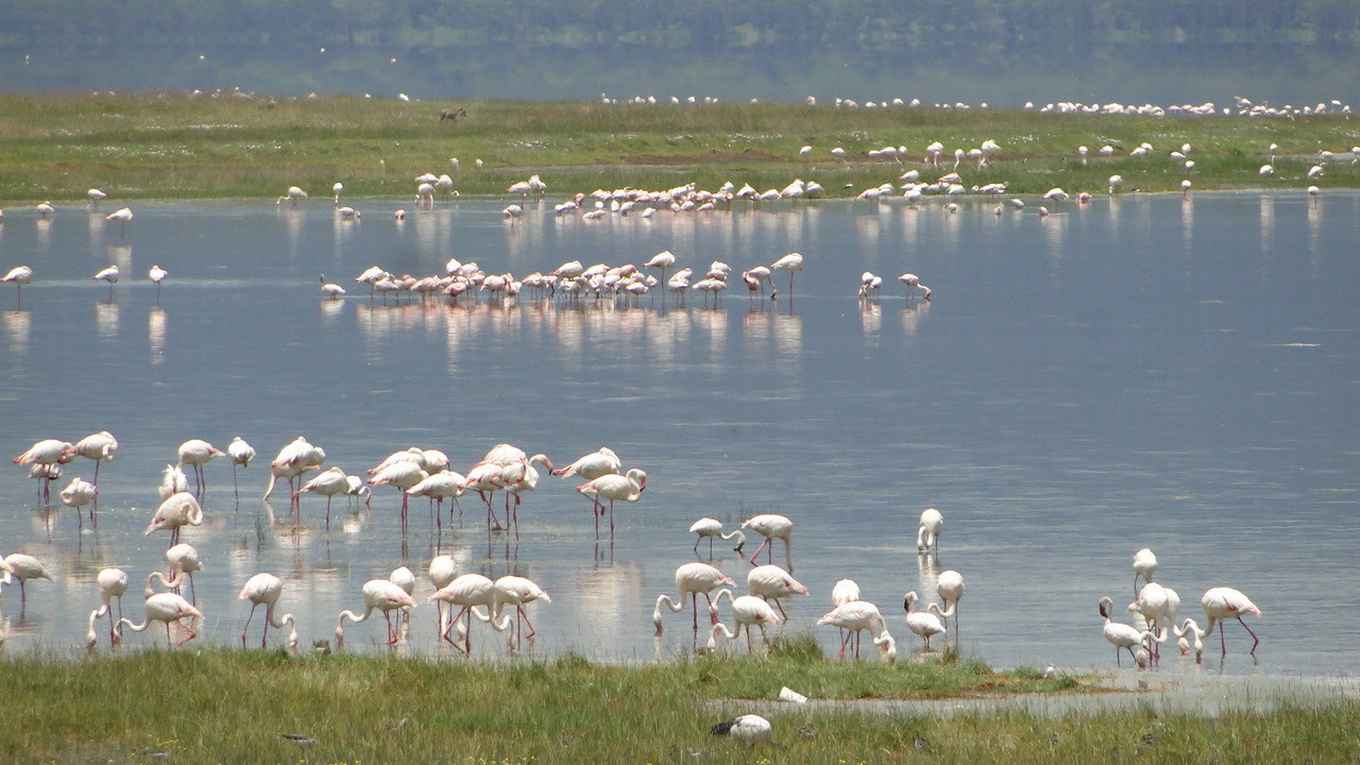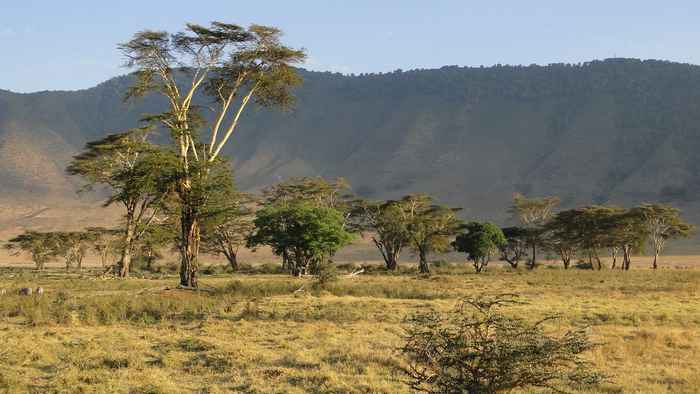Newly discovered African ‘climate seesaw’ drove human evolution
31 May 2021

While it is widely accepted that climate change drove the evolution of our species in Africa, the exact character of that climate change and its impacts are not well understood. Glacial-interglacial cycles strongly impact patterns of climate change in many parts of the world, and were also assumed to regulate environmental changes in Africa during the critical period of human evolution over the last ~1 million years. The ecosystem changes driven by these glacial cycles are thought to have stimulated the evolution and dispersal of early humans.
A paper published in Proceedings of the National Academy of Sciences of the United States of America (PNAS) this week, challenges this view. Dr Kaboth-Bahr and an international group of multidisciplinary collaborators identified ancient El Niño-like weather patterns as the drivers of major climate changes in Africa. This allowed the group to re-evaluate the existing climatic framework of human evolution.
Walking with the rain
The researchers integrated 11 climate archives from all across Africa covering the past 620 thousand years to generate a comprehensive spatial picture of when and where wet or dry conditions prevailed over the continent. ‘We were surprised to find a distinct climatic east-west ‘seesaw’ very akin to the pattern produced by the weather phenomena of El Niño, that today profoundly influences precipitation distribution in Africa,’ explains Dr Kaboth-Bahr of the University of Potsdam, who led the study.
The authors infer that the effects of the tropical Pacific Ocean on the so-called ‘Walker Circulation’ – a belt of convection cells along the equator that impact the rainfall and aridity of the tropics - were the prime driver of this climate seesaw. The data clearly shows that the wet and dry regions shifted between the east and west of the African continent on timescales of approximately 100,000 years, with each of the climatic shifts being accompanied by major turnovers in flora and mammal fauna.

‘The flipping between a wet eastern and wet western Africa appears to be coincident with key phases in human evolutionary and demographic change’ explains Dr William Gosling, co-author of the study and researcher at the UvA Institute for Biodiversity and Ecosystem Dynamics. ‘The likely reason for this is that the climate shifts impacted the dispersion and evolution of other animals and plants which comprised the environmental patchwork within which the humans lived.’
The scientists are keen to point that although climate change was certainly not the sole factor driving early human evolution, the new study nevertheless provides a novel perspective on the tight link between environmental fluctuations and the origin of our early ancestors.
‘Re-evaluating these patterns of stasis, change and extinction through a new climatic framework will yield new insights into the deep human past,’ says Dr Kaboth Bahr. ‘This does not mean that people were helpless in the face of climatic changes, but shifting habitat availability would certainly have impacted patterns of demography, and ultimately the genetic exchanges that underpin human evolution.’
Publication details
Stefanie Kaboth-Bahr, William D. Gosling, Ralf Vogelsang, André Bahr, Eleanor M. L. Scerri, Asfawossen Asrat, Andrew S. Cohen, Walter Düsing, Verena E. Foerster, Henry F. Lamb, Mark A. Maslin, Helen M. Roberts, Frank Schäbitz, Martin H. Trauth: ‘Paleo-ENSO influence on African environments and early modern humans,’ in PNAS (2021). DOI: 10.1073/pnas.2018277118